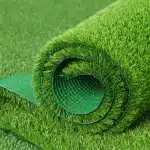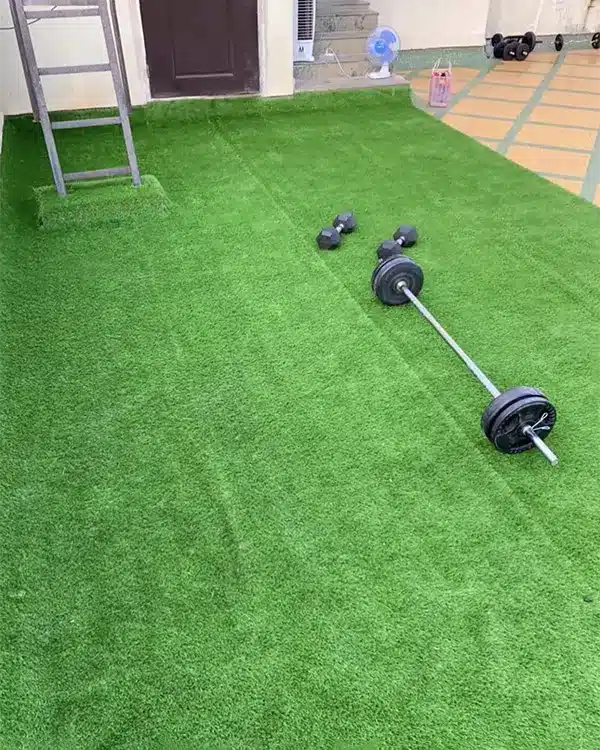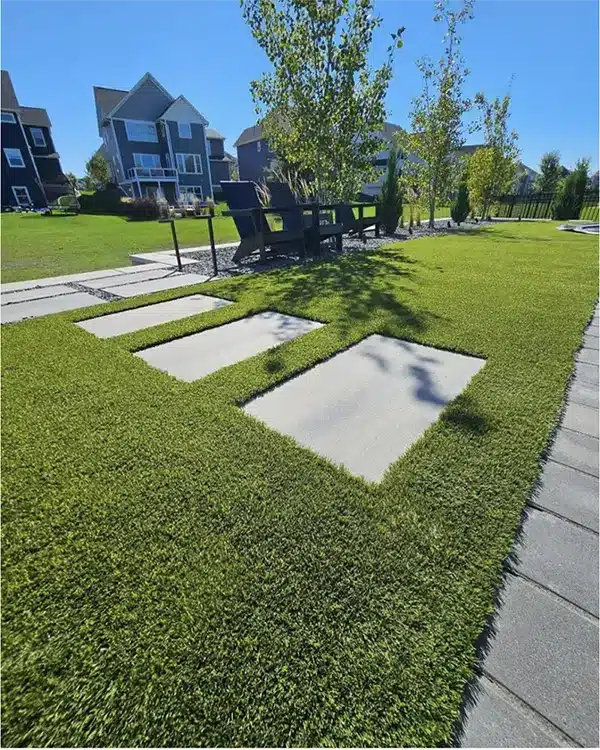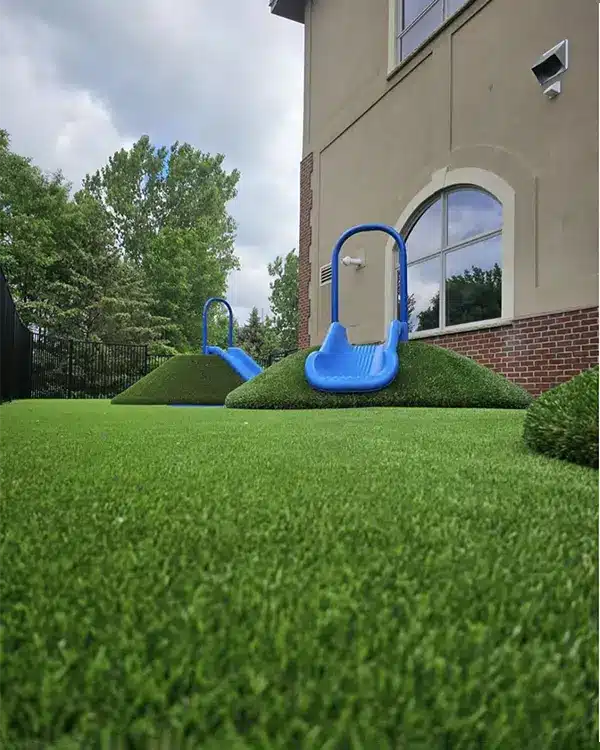
Artificial Turf Install Steps
October 15, 2024The global artificial grass market is expected to grow at a CAGR of 11.1% during the forecast period from 2022 to 2027.
The COVID-19 pandemic has affected countries' economies and industries. The increasing number of COVID-19 cases, followed by the lockdown of numerous manufacturing facilities, has affected the growth of various markets. In the Middle East and Africa, distribution networks have been severely disrupted, affecting sales of artificial turf. Synthetic Grass contractors are expecting a 30% increase in sales from 2020, according to Synthetic Grass Warehouse. Sports field applications account for 63% of lawns installed in 2020 and are expected to remain the largest application area during the forecast period. However, the use of turf in landscape applications is expanding rapidly and will provide growth opportunities for the artificial turf market in the near future. Global markets are recovering from their losses. Manufacturers can overcome the supply and demand gap by resuming business.
Synthetic turf is most commonly used in contact sports such as football and rugby, they are one of the most popular sports in Europe and therefore contribute significantly to the market share in the region. Progress is being made in the laying of artificial turf in football and rugby, especially in the FIFA Women's World Cup and FIFA World Cup. Residential and commercial facilities are also in high demand for artificial turf. With various advantages, artificial grass has become a viable substitute for turf. It is used in backyards, porches, sidewalks, median strips, poolside, etc. It is also used to create playgrounds in commercial facilities and homes that emphasize child safety. In addition, urbanization is advancing rapidly in both developed and developing countries, and the construction industry is growing significantly globally, increasing the demand for low-maintenance products such as artificial turf.



Artificial grass market trends
The high adoption rate of artificial turf in various sports competitions is driving the market
From the perspective of market segments, the sports sector accounts for the largest proportion. Due to the ease of maintenance and long playing time, the demand for artificial turf in the sports industry is high. In addition, the market growth is driven by the introduction of quality artificial turf products by players recognized by various associations such as the Federation of International Football Associations (FIFA). The artificial turf market is expected to have high growth potential as the demand for artificial turf in the sports and residential sectors is increasing as maintenance work is kept to a minimum. Factors behind the increased demand for artificial turf in sports arenas include a significant increase in the number of sports events and unfavorable climatic conditions for the growth of natural turf.
Europe dominates the global market
The UK is the largest artificial grass market in Europe, with more than 5,000 pitches across the country. France is also the main market for artificial turf in Europe, with 1,800 pitches, representing 4% of all artificial turf pitches installed in France. Rugby is booming in France, with some 277 artificial turf facilities in the 29 countries where rugby is played over the past six years. In Germany, the DFB (German Football Association) has set up 1,000 mini pitches to promote and develop German football at grassroots level. The Luzhniki Olympic Stadium is the largest sports venue in Russia, with 10 synthetic pitches.
Artificial grass market competition analysis
The global artificial grass market is highly competitive. The top companies account for about 44 percent of the artificial turf market, while the rest account for 56 percent. In the artificial grass market, the market dynamics vary from region to region. Tarkett Group is a global leader in the artificial grass market. Major players in the synthetic grass market are focusing on various strategies such as new product launches, business expansion, and mergers and acquisitions to meet consumer demand. Furthermore, R&D activities and technological advancements in the field of artificial grass recycling are expected to provide more opportunities for the growth of this market during the forecast period.
